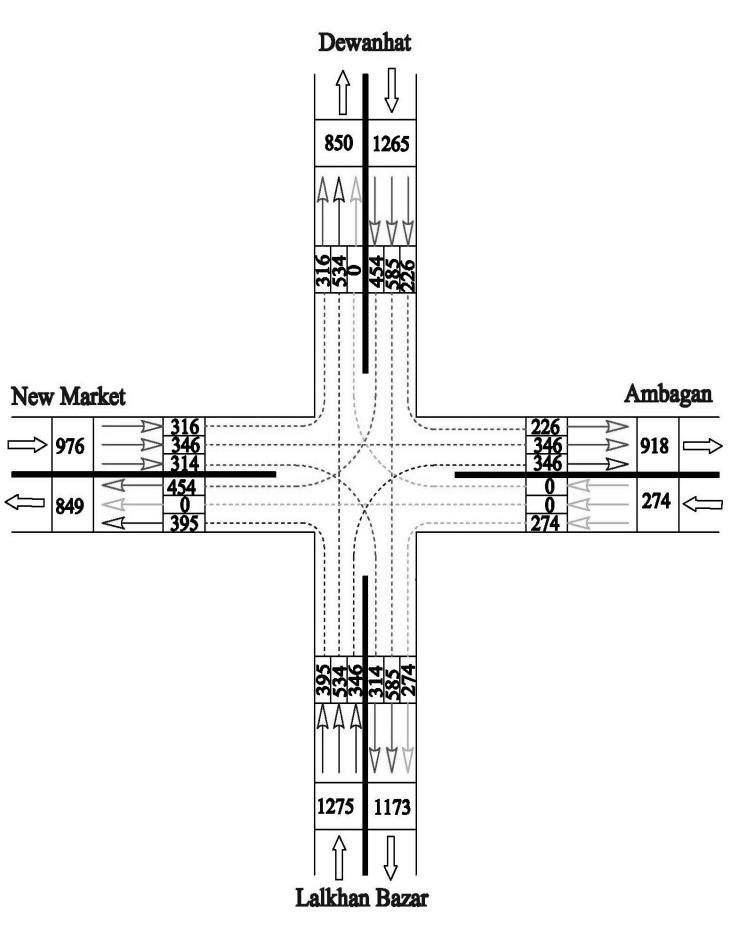Introduction
In the realm of decision-making, the Turning Motion mental model emerges as a compelling concept deeply rooted in human psychology. It describes a scenario where individuals or groups tend to stick to familiar paths or routines, often resulting in irrational decisions that contradict their best interests. Anchored in our natural inclination towards inertia, this mental bias exerts a significant influence on our day-to-day lives and decision-making processes. In this blog post, we will explore the Turning Motion mental model, its relevance, real-life examples, underlying biases, strategies for identification and avoidance, and the importance of actively escaping this mental trap.
Defining Turning Motion and its Relevance
Turning Motion can be defined as a cognitive bias characterized by the tendency of individuals or groups to persist in familiar patterns, routines, or approaches, even when they no longer serve their best interests. This bias arises due to the human preference for familiarity, comfort, and the avoidance of uncertainty. It hinders objective decision-making by perpetuating the status quo and inhibiting exploration of new possibilities.
Understanding the relevance of the Turning Motion mental model is crucial as it sheds light on the inertia that often holds us back from making optimal choices. By recognizing this bias, we can break free from the shackles of complacency and explore alternative paths that may lead to better outcomes.
Instances of Turning Motion in Various Contexts
Personal Life Decisions:
Consider an individual who has been in a long-term, unfulfilling relationship. Despite recognizing the unhappiness and unmet needs, they continue to stay in the relationship out of fear of change or the comfort of familiarity. By succumbing to the Turning Motion bias, they deprive themselves of the opportunity for personal growth, happiness, and healthier relationships.
Business Scenarios:
Turning Motion is observable within organizations, especially when it comes to adapting to new technologies or evolving market trends. A company, accustomed to a specific business model, may resist embracing innovations or exploring new markets due to a fear of uncertainty or a reluctance to depart from established practices. This can hinder their competitiveness and impede growth in the long run.
Public Policy-Making:
Turning Motion can hinder effective policy-making. Governments and policymakers may stick to outdated policies or resist change, even when evidence suggests that new approaches would yield better results. The fear of public backlash or the inertia of bureaucratic systems can lead to the perpetuation of ineffective policies, hampering societal progress.
Mental Biases and Underpinnings
Turning Motion is influenced by various mental biases. One significant bias at play is the Status Quo Bias, where individuals have a preference for the current state of affairs due to its familiarity, regardless of whether it is objectively beneficial or not. This bias leads to resistance against change and an inclination to maintain existing structures and routines.
The Anchoring Bias also contributes to Turning Motion by causing individuals to anchor their decisions to previous experiences or information, preventing them from exploring new possibilities and alternative approaches. The fear of uncertainty, loss aversion, and the Endowment Effect further reinforce this bias, making individuals cling to what they already have rather than seeking new opportunities.
Identifying and Mitigating Turning Motion
To avoid succumbing to Turning Motion, it is essential to develop awareness and adopt strategies that promote objective decision-making. Here are practical tips:
Embrace discomfort and seek novelty: Recognize that growth and progress often lie outside of your comfort zone. Embrace the discomfort of uncertainty and actively seek out new experiences, ideas, and perspectives. Engage in continuous learning to expand your knowledge and challenge your existing beliefs.
Question assumptions and challenge the status quo: Develop a habit of critically examining your assumptions, routines, and habits. Ask yourself why you continue to follow certain patterns and whether they still align with your goals and values. Be open to questioning the status quo and exploring alternative options.
Engage in scenario planning: Consider different scenarios and potential outcomes before making important decisions. Explore the potential risks and rewards of various options, encouraging a more objective and forward-thinking approach rather than relying solely on past experiences.
Seek diverse perspectives and feedback: Actively seek input from diverse sources, including individuals with different backgrounds, experiences, and viewpoints. This helps to break the echo chamber of familiar opinions and encourages fresh perspectives that can challenge your own biases and preconceived notions.
Practice self-reflection and mindfulness: Engage in regular self-reflection to identify patterns of inertia and complacency in your decision-making process. Cultivate mindfulness to become more aware of your thoughts, emotions, and biases, allowing you to make conscious choices rather than being driven by unconscious habits.
Conclusion
The Turning Motion mental model reminds us of the inherent human bias towards inertia and the dangers of sticking to familiar paths even when they are no longer serving our best interests. By understanding the psychological underpinnings of Turning Motion and applying strategies to break free from complacency, we can make more objective and informed decisions. Embracing novelty, questioning assumptions, seeking diverse perspectives, and cultivating self-awareness are essential tools to overcome this bias. Let us strive to navigate the complexities of decision-making by actively challenging our comfort zones and embracing the possibilities that lie beyond the turning motion of inertia.
